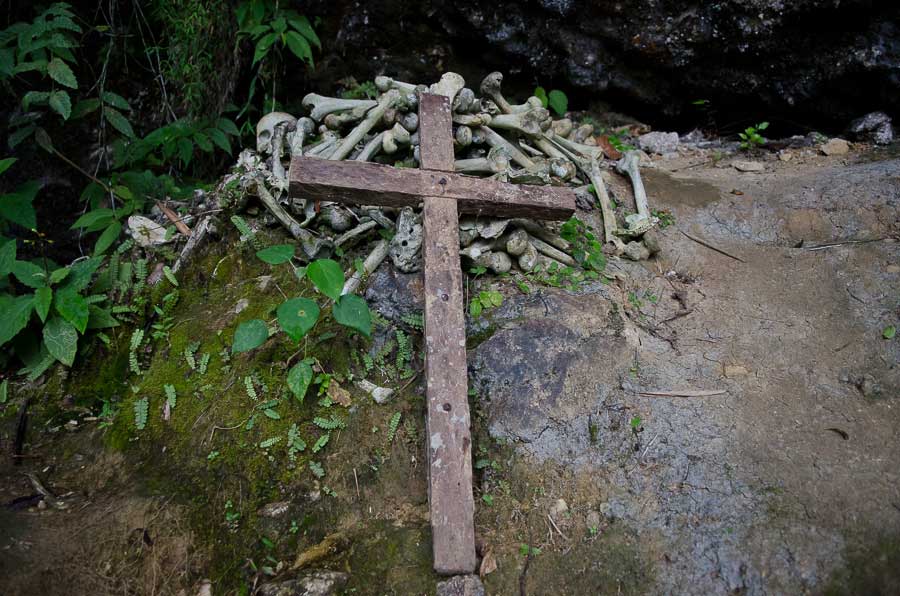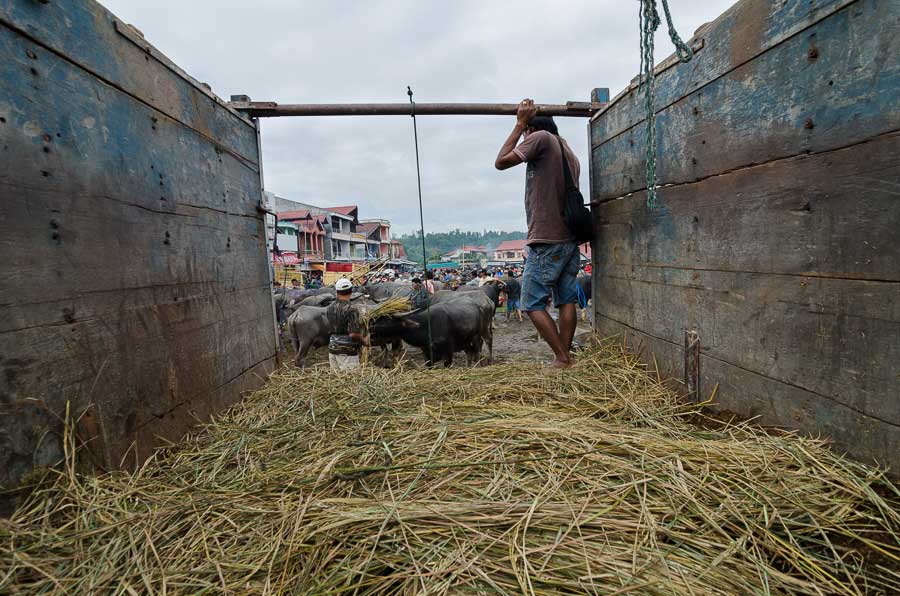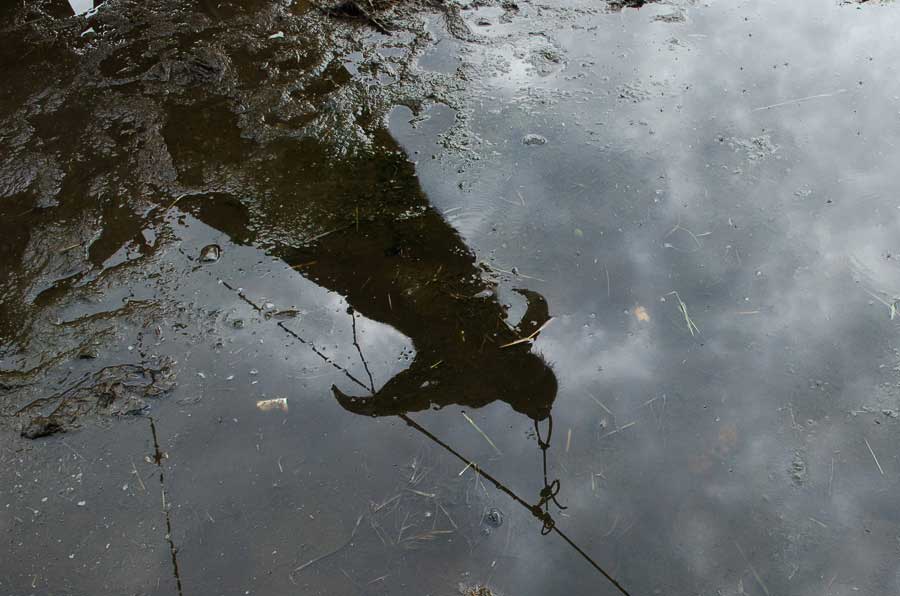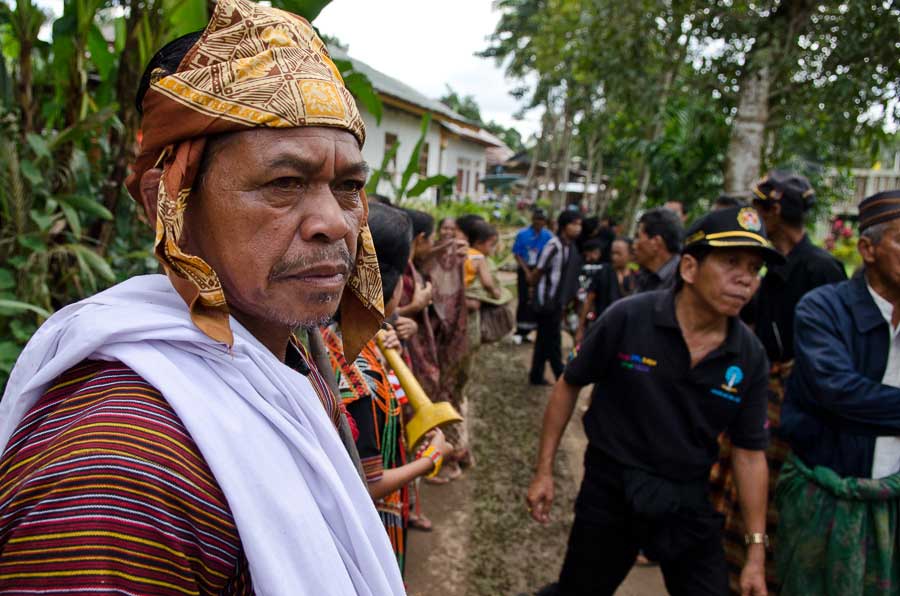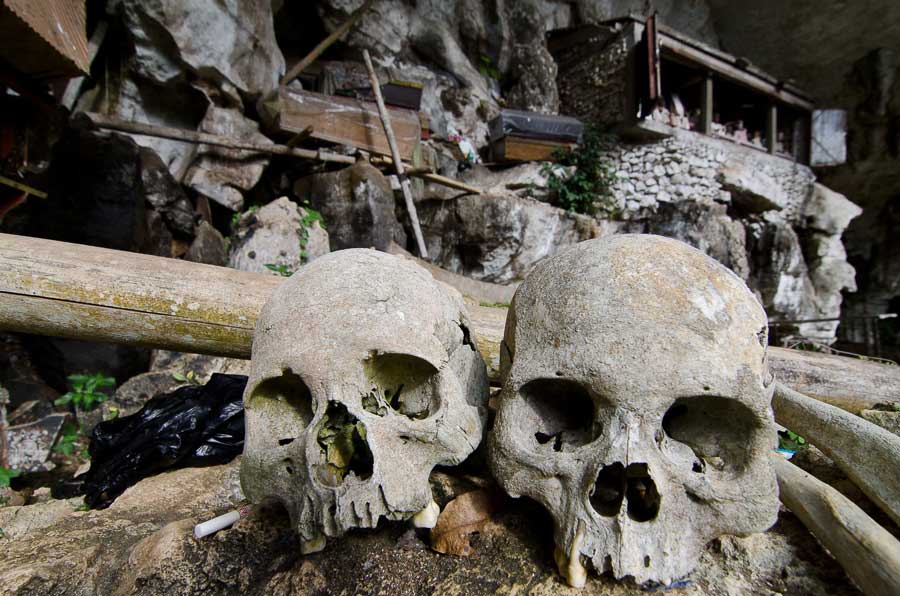Ancient traditions die-hard in the highlands of Tana Toraja, a regency of the South Sulawesi Province of Indonesia. Devoutly Christian, the Troajan are proud of their religion; in 2013 they were celebrating a centenary of Christianity here.
This piousness however, is only second to the ancient animist rituals that Toraja funerals are built around. A wealth of intrigue surrounds the funeral rites here, from the graves hand chiselled into solid rock to the children buried inside growing trees and the annual slaughter of hundreds of animals. Taking place over several days these funerals are a combination of grief and celebration intended to insure comfortable passage to the ‘land of souls’ of the ancient religion. Culture surpasses all rules here both religious and legal, with regular battles between police and Torajan’s over illegal gambling associated with the funerals.
On death, a Torajan’s body is embalmed and laid in the family household until a time when all family members have sufficient money and time to attend the funeral. Such a process can take upto two years during which time the cadaver is seen not to be dead, but just sick. This illness entails until the time when the funeral can take place and the soul can move on.
When the time of the funeral comes illegal cock fighting, illegal gambling, buffalo fighting and the slaughter of buffaloes and pigs mark the occasion. The wealthier the family the grander the funeral, with this grandness being marked by the number of buffalo slaughtered, a minimum of one buffalo is required to pass to the land of souls but wealthier families will slaughter 10 to 20 sometimes 30 buffalo and the richest Torajan’s will kill hundreds.
From an outside perspective it can seem that to the living these funerals are used as a reflection on the importance of the deceased’s family, a status symbol for the rich. On the flipside though, death can be a serious burden on the poor. Every spare penny earned by the living goes to honouring the dead and the importance of a good funeral puts serous weight on the poorer Torajan’s with the poorest getting serious debt problems just to slaughter a buffalo. [Official Website]



